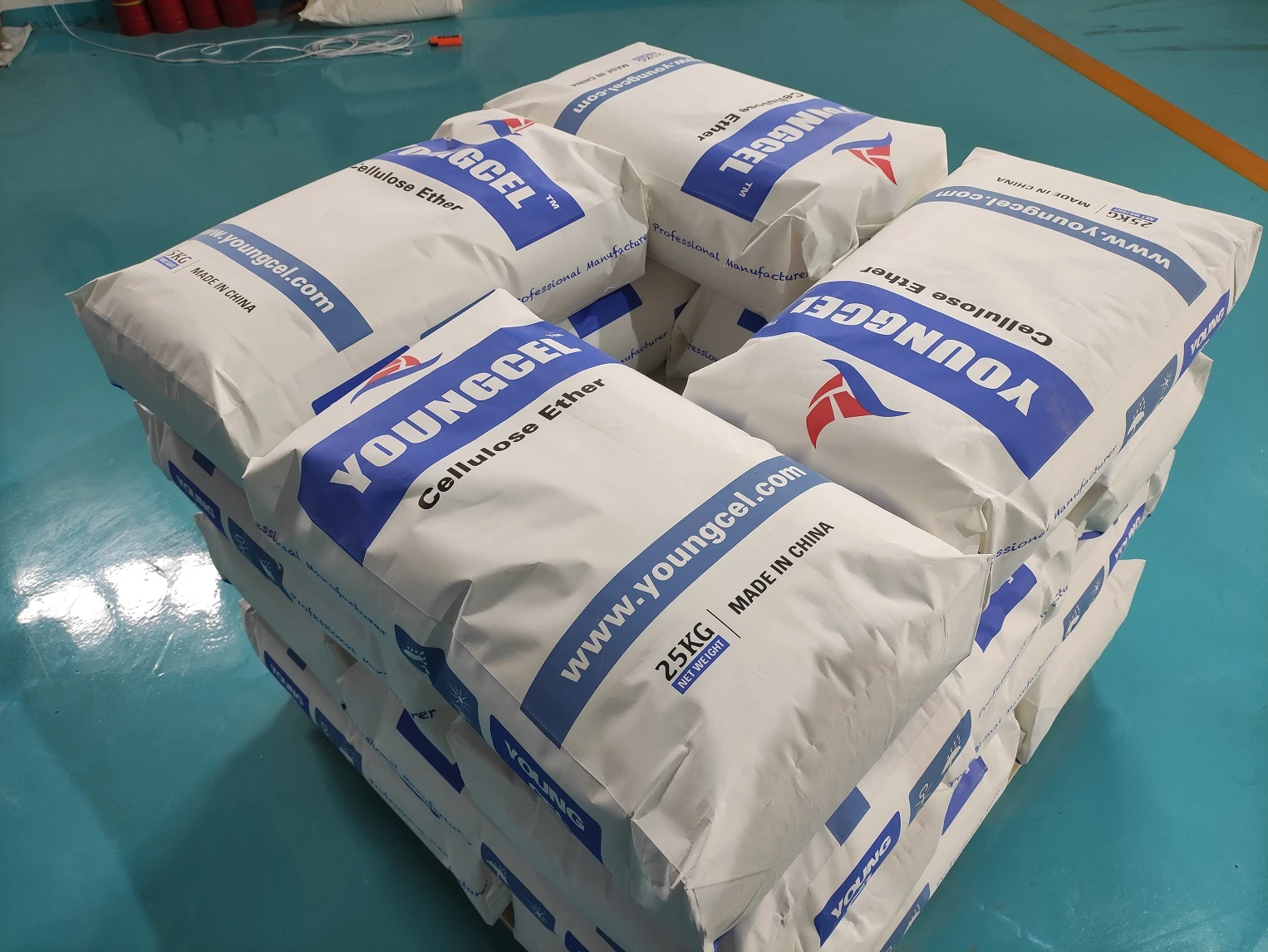The Science and Application of Adhesive Chemicals
Adhesive chemicals play a crucial role in a wide array of industries, from construction to manufacturing and even art. These substances are designed to bond materials together, thereby enabling them to function as a single unit. Understanding the chemistry behind adhesives, as well as their applications, is essential for anyone involved in design, engineering, or manufacturing.
What Are Adhesive Chemicals?
Adhesive chemicals are substances that bond two or more surfaces together through adhesion and cohesion. Adhesion refers to the attraction between different substances, while cohesion is the attraction between similar molecules. This combination allows adhesives to create a strong bond that can withstand various forces, including tension, shear, and peel.
Adhesives can be classified into several categories based on their chemical composition and bonding mechanisms. The most common types include
1. Polymeric Adhesives These are made from long molecular chains and include types such as epoxies, polyurethanes, and acrylics. They are known for their durability and flexibility. 2. Cement-based Adhesives Widely used in construction, these adhesives set and harden through chemical reactions, often involving the curing of water and cement.
3. Natural Adhesives Derived from natural sources like animal protein (casein) or plant extracts (starch), these adhesives are biodegradable and eco-friendly but may not be as strong as synthetic ones.
4. Dried and Solvent-Based Adhesives These adhesives consist of a solvent that evaporates when the adhesive is applied, leaving behind a strong bond. Examples include rubber cement and certain types of contact adhesives.
The Chemistry Behind Adhesives
The effectiveness of an adhesive depends on various factors including surface energy, viscosity, and curing mechanisms. Surface energy is critical; a high surface energy substrate will promote strong adhesion, while low surface energy surfaces (like polyethylene) may require surface treatment to improve bonding.
adhesive chemical

Viscosity affects how easily an adhesive can be applied and how well it penetrates the surfaces being bonded. Curing mechanisms, whether physical or chemical, determine the speed and strength of the bond formation. For instance, heat or light may trigger the curing process in some adhesives, while others rely on moisture or a chemical reaction with a hardener.
Applications Across Industries
The versatility of adhesive chemicals makes them invaluable across various sectors. In the automotive industry, adhesives are employed for both structural and aesthetic purposes—bonding components such as windshields and interior trim. Adhesives used in vehicles often need to withstand high temperatures and various environmental conditions, prompting manufacturers to develop specialized formulas.
In the construction sector, adhesives are essential for joining materials like wood, metal, and plastics. They provide not only bond strength but also the flexibility needed to accommodate building movements. For example, construction adhesives are often used to replace mechanical fasteners in flooring applications, providing a seamless appearance and greater resistance to moisture.
The electronics industry also relies heavily on adhesive chemicals. From securing components on printed circuit boards (PCBs) to providing potting and encapsulation for protection against environmental and mechanical stress, adhesives help ensure the longevity and reliability of electronic devices.
In arts and crafts, adhesive chemicals are ubiquitous, with products ranging from simple glue sticks to sophisticated glues that allow artists to bind diverse materials effectively. Understanding the right adhesive for a particular project can significantly affect the outcome, as different materials require tailored bonding solutions for optimal results.
Future Trends in Adhesive Development
As technology advances, the demand for more sustainable and efficient adhesive solutions is growing. Researchers are exploring bio-based adhesives that offer environmental benefits without sacrificing performance. Moreover, innovations such as smart adhesives—which can change properties based on environmental stimuli—are on the horizon, potentially revolutionizing applications in various fields.
In conclusion, adhesive chemicals are fundamental to a multitude of applications, shaping the way materials interact and function together. The ongoing developments in adhesive technology continue to push the boundaries of what is possible, making these substances essential in engineering, manufacturing, and creative pursuits. Understanding adhesive chemistry not only enhances product performance but also fosters innovation in design and application, paving the way for a more interconnected and efficient world.
-
A Comprehensive Guide to Methyl Ethyl Hydroxyethyl Cellulose: Applications and Industry InsightsNewsNov.24,2025
-
Understanding Methyl 2 Hydroxyethyl Cellulose: Uses, Benefits & Industry InsightsNewsNov.24,2025
-
Hydroxyethyl Methyl Cellulose HEMC: Industrial Uses, Benefits & Future TrendsNewsNov.23,2025
-
HEMC Cellulose: Versatile & Sustainable Industrial Polymer | YoungcelNewsNov.23,2025
-
Methyl Hydroxyethyl Cellulose: Versatile Building Block for Industry & SustainabilityNewsNov.23,2025
-
CAS 9032 42 2: Understanding Polyvinyl Alcohol's Impact on Industry & SustainabilityNewsNov.22,2025




